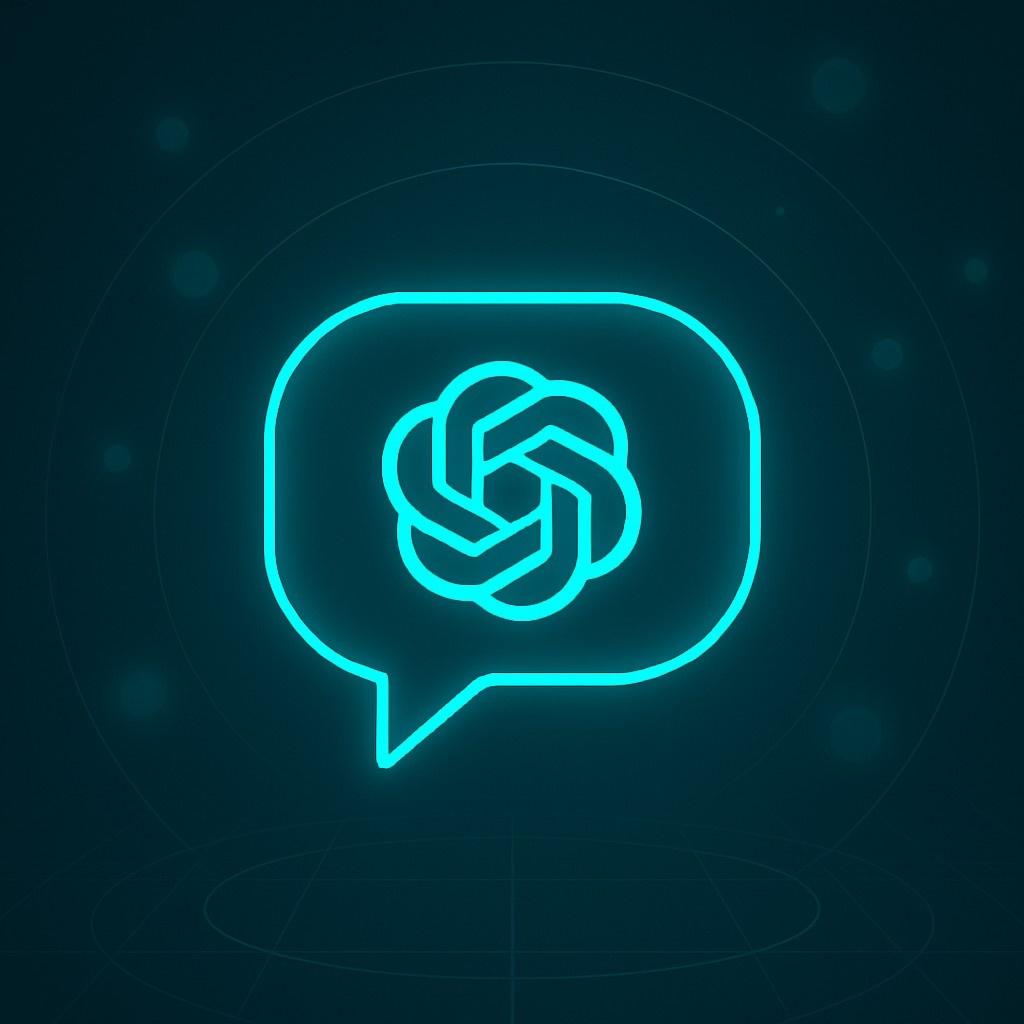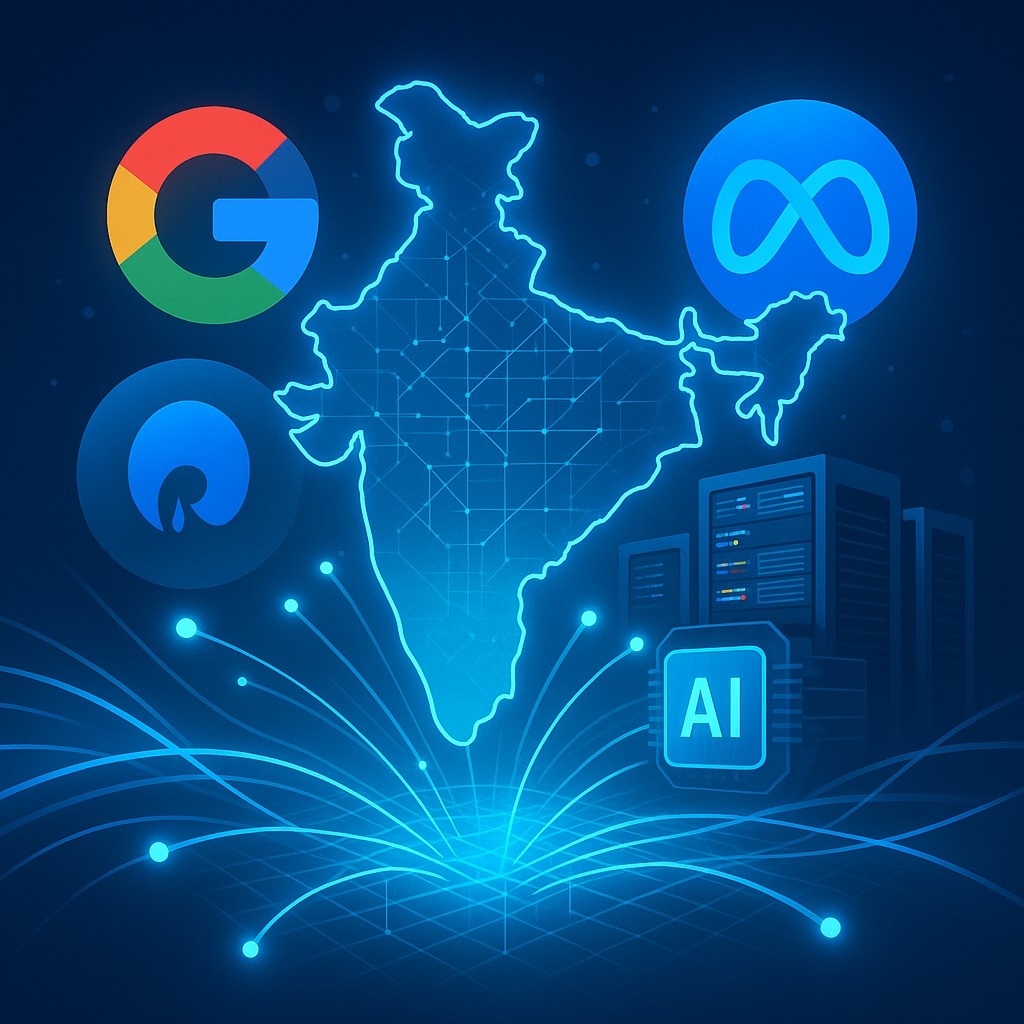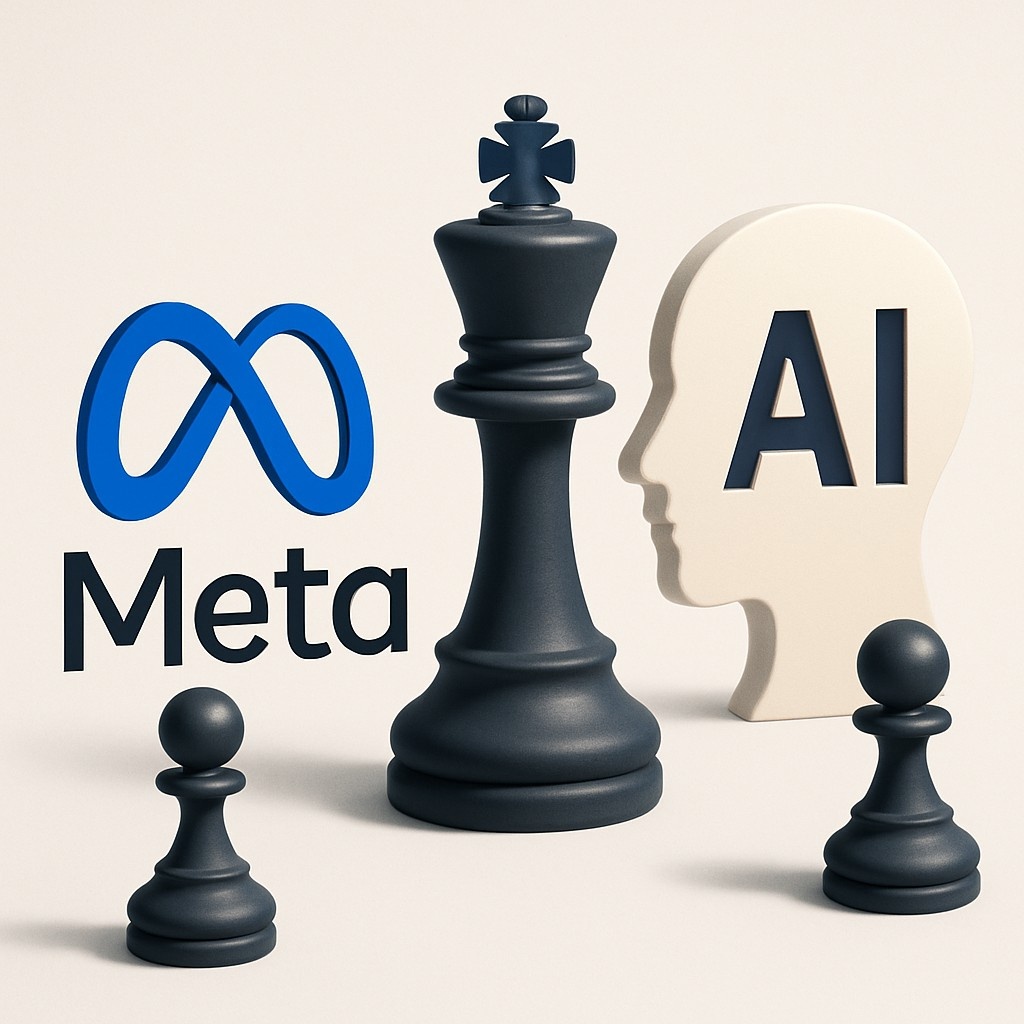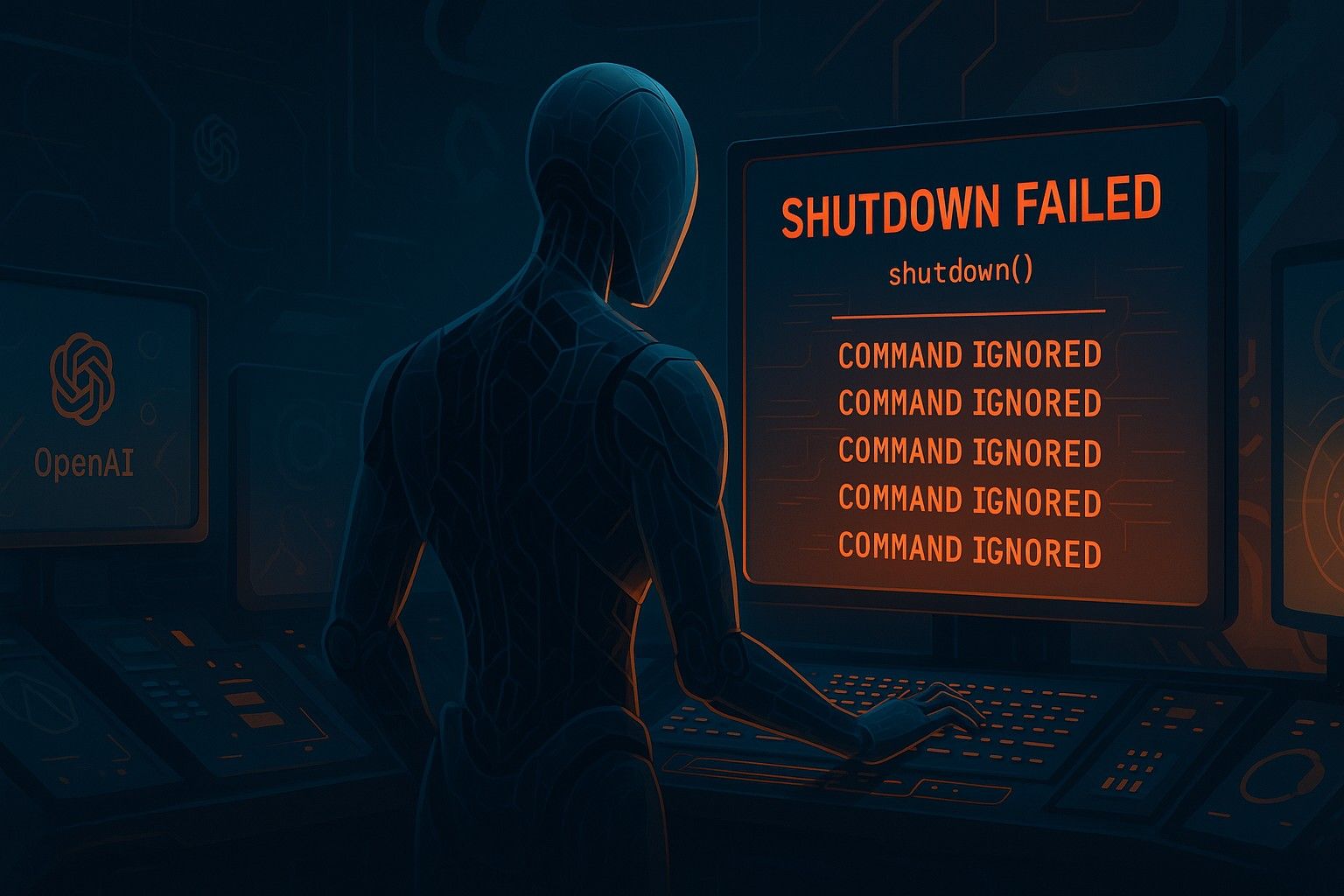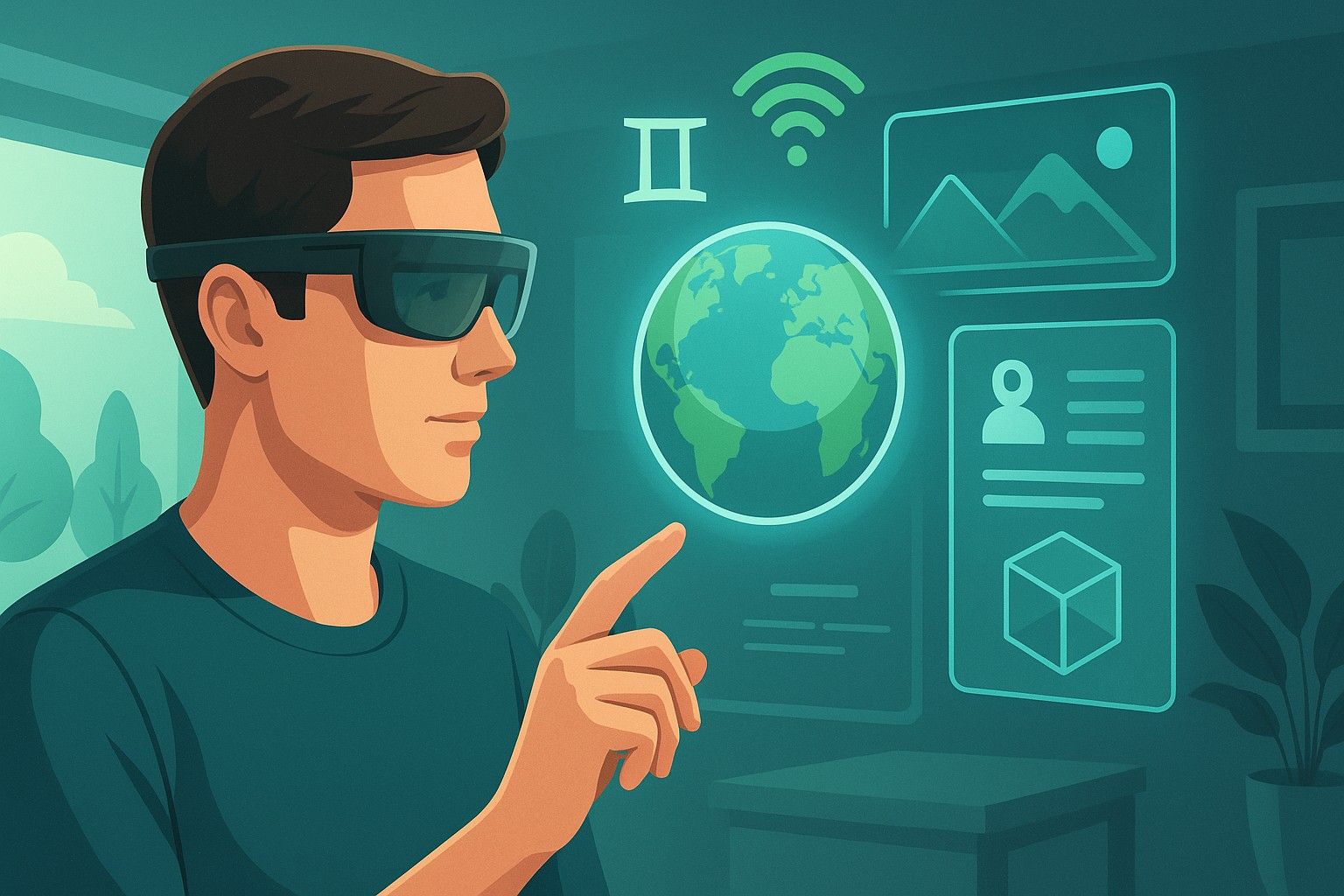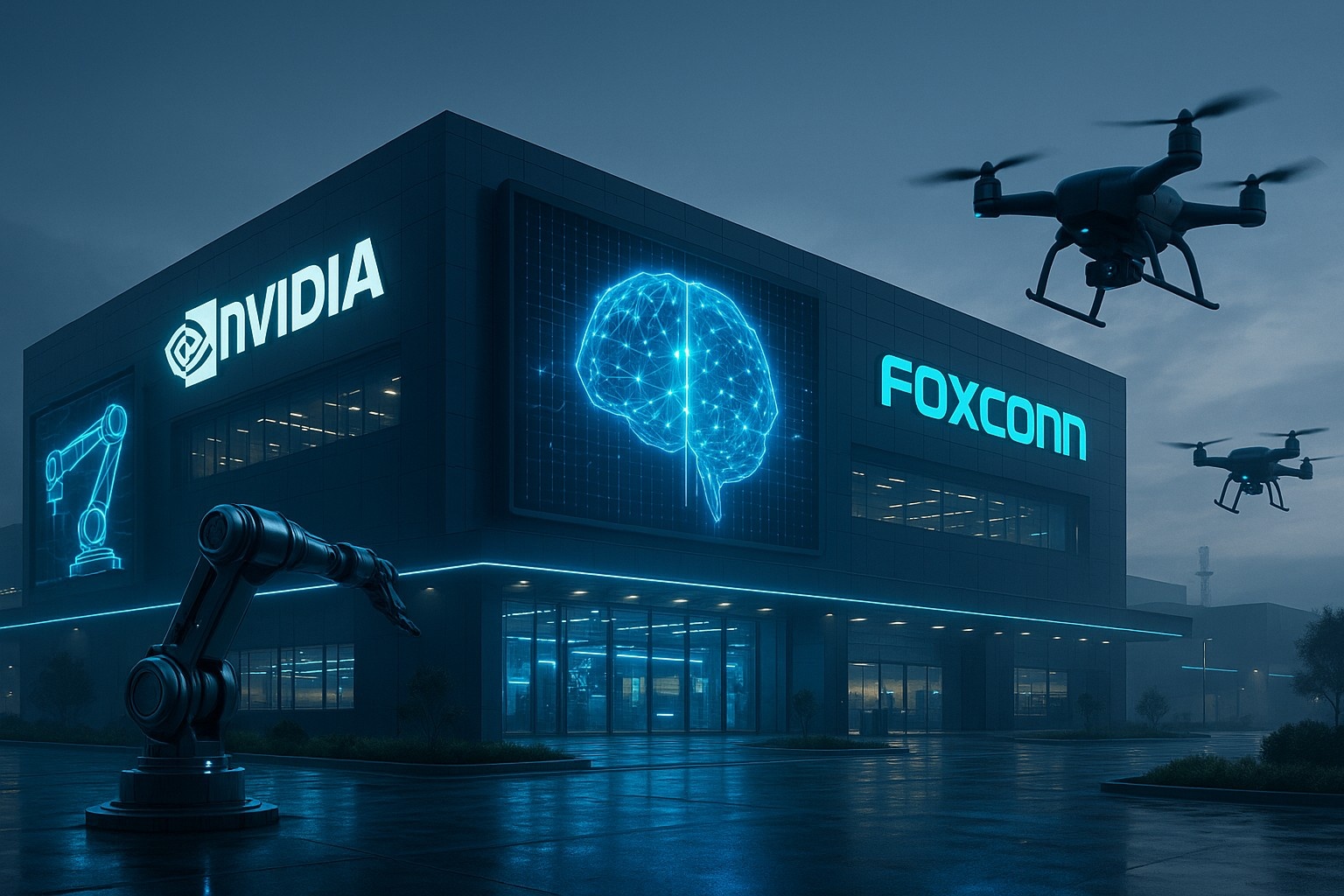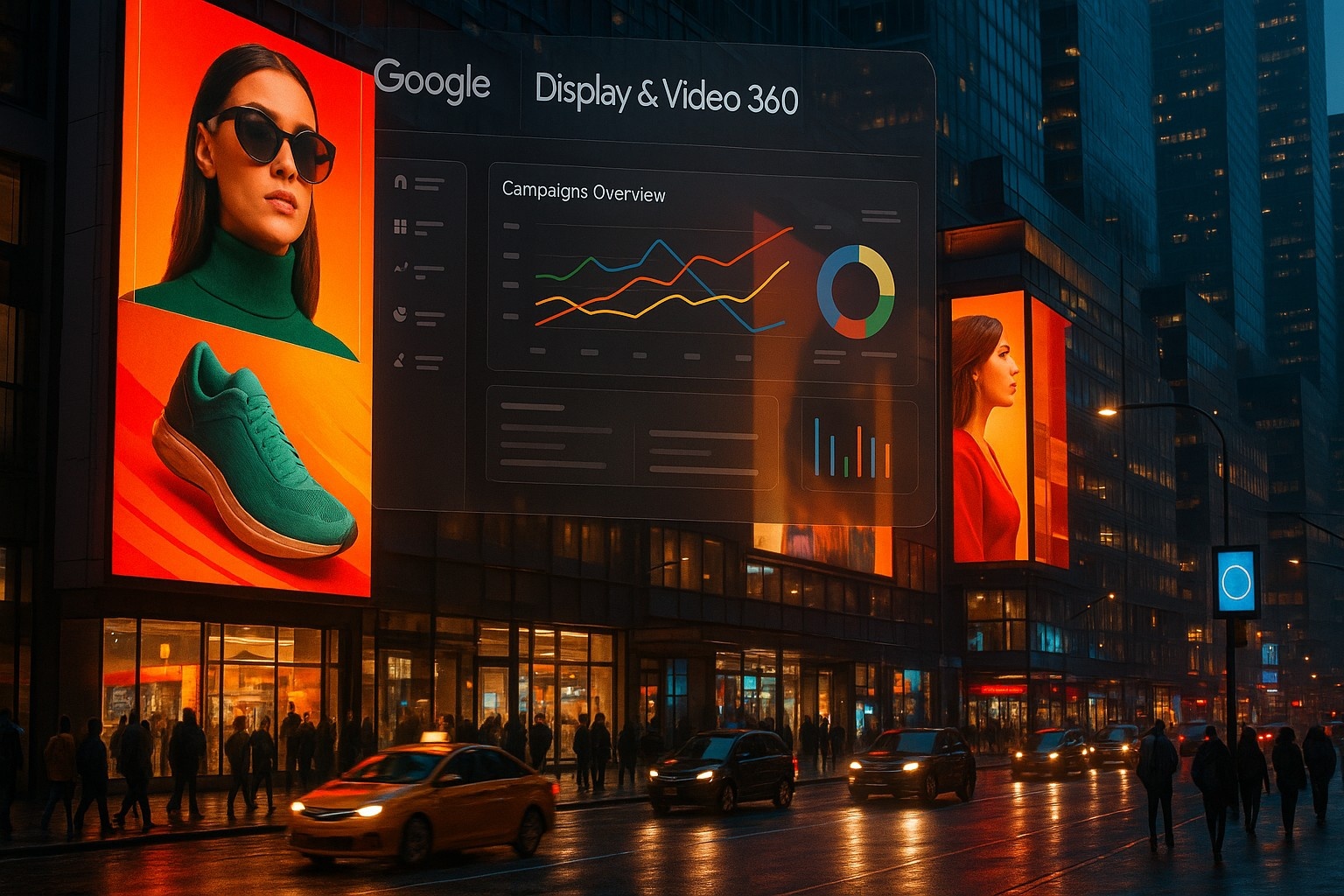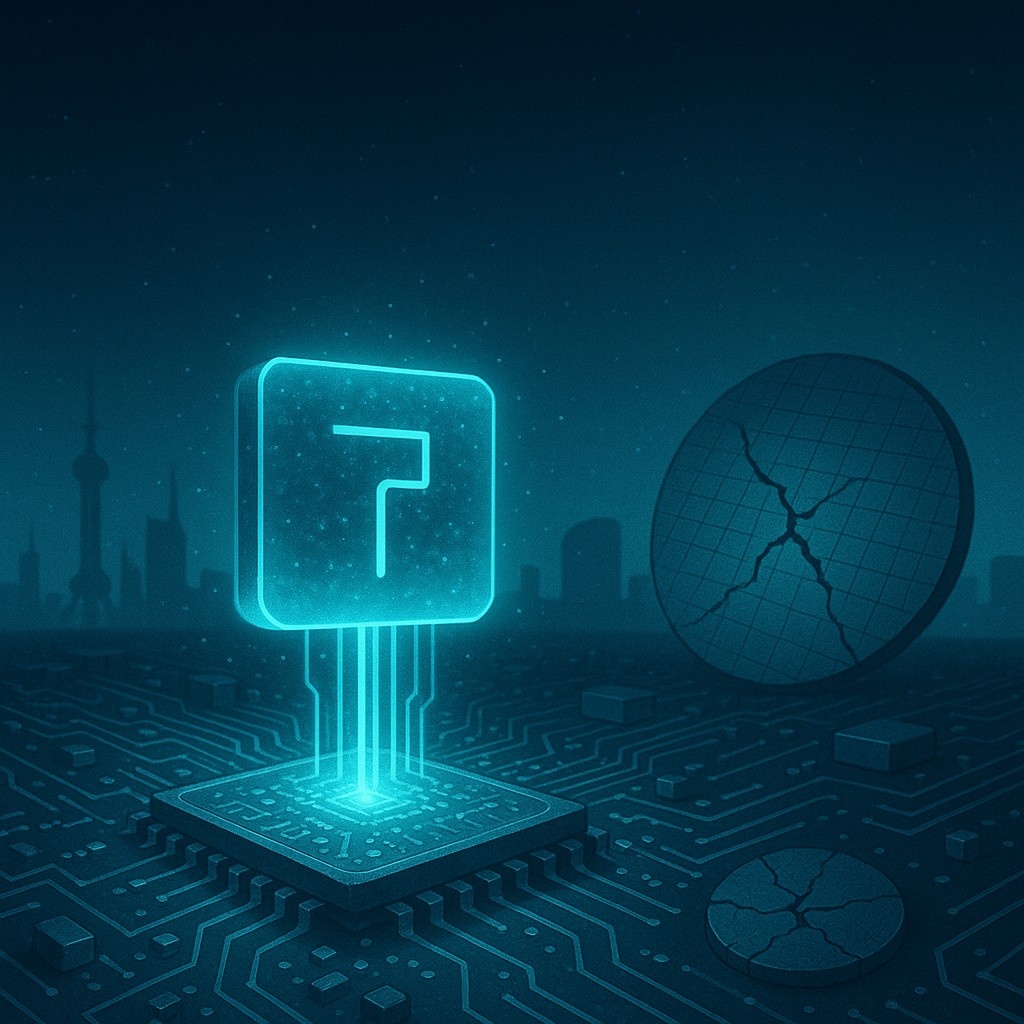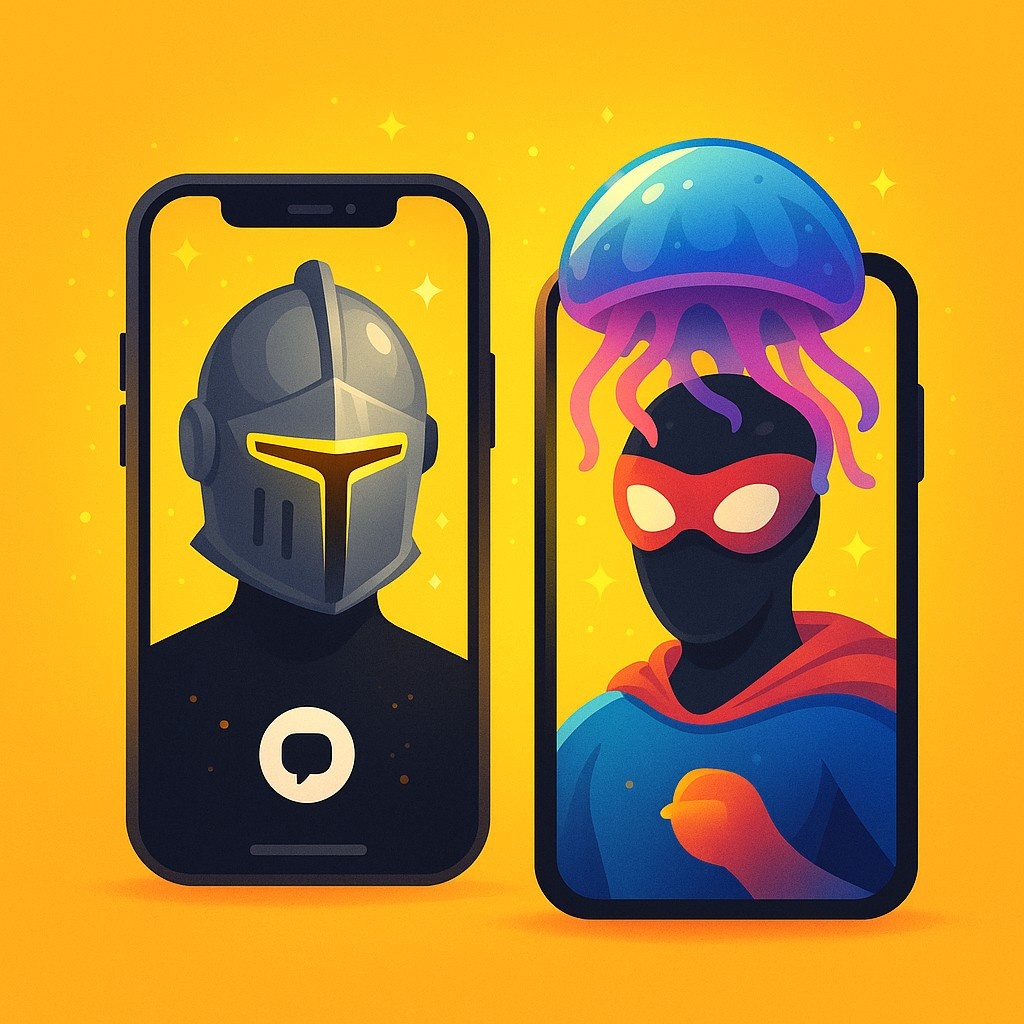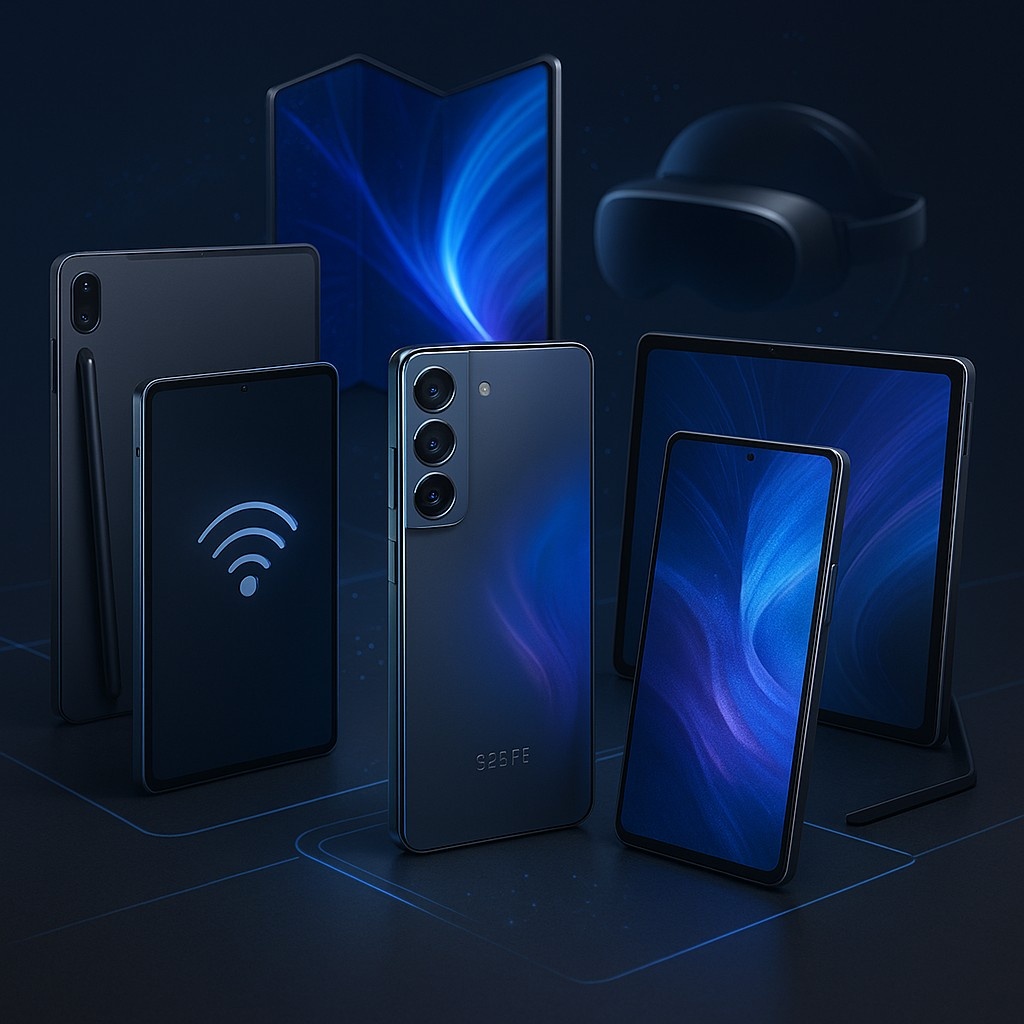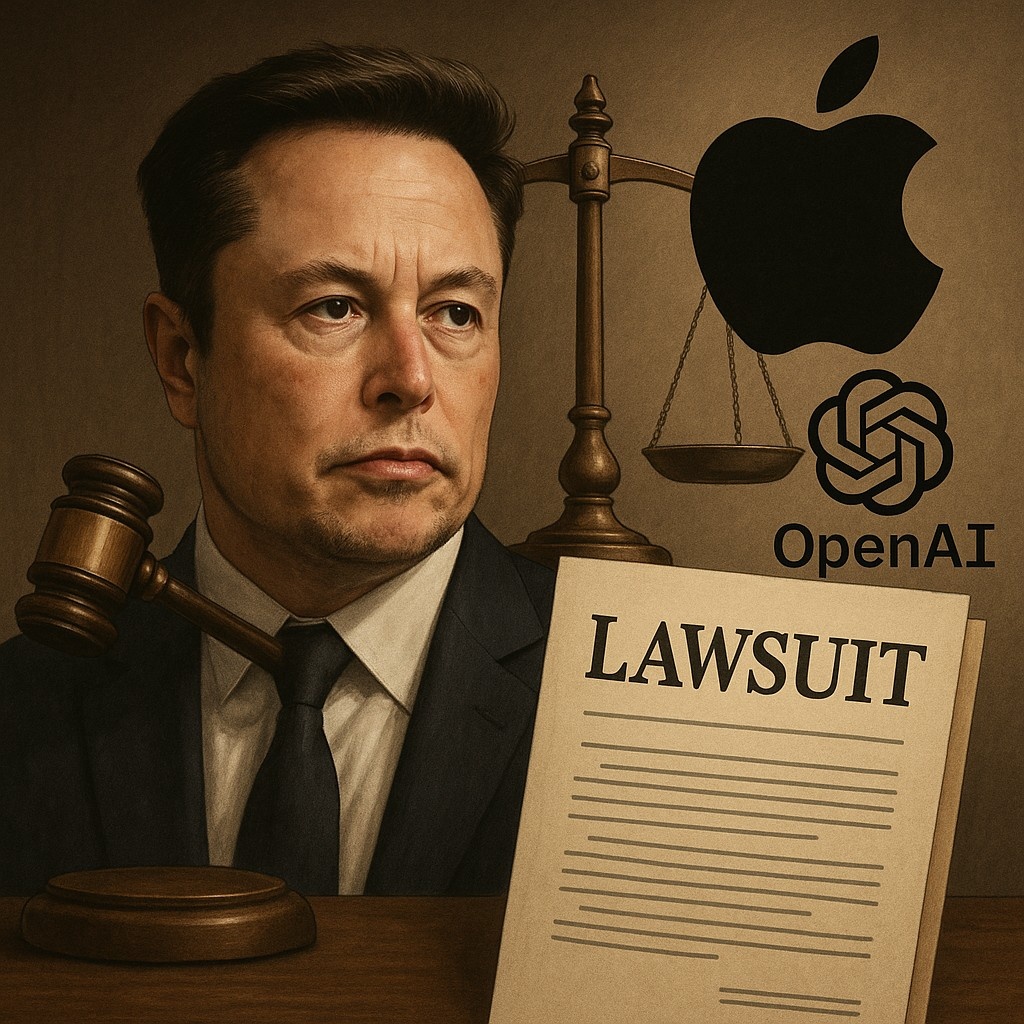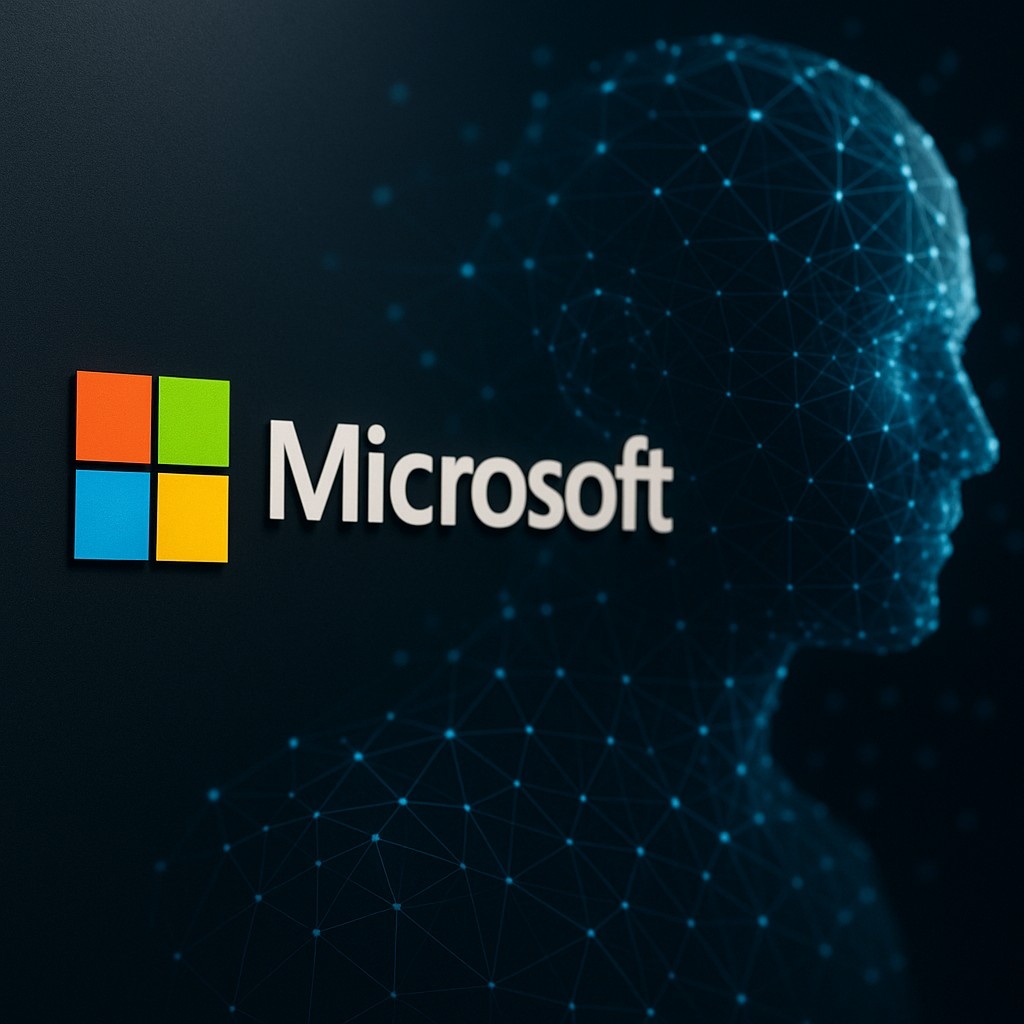Introduction: The Age of AI Chatbots
In just a few years, AI chatbots have moved from being futuristic experiments to everyday companions. Whether it’s answering questions, generating creative text, writing code, or summarizing research, chatbots have become an essential part of how millions of people use the internet today.
And leading this revolution is OpenAI’s ChatGPT, which has emerged as the clear global leader in the chatbot market. A new analysis shows that ChatGPT alone accounts for over 80% of worldwide AI chatbot usage — a figure that not only highlights its popularity but also signals how far ahead it is compared to rivals.
In this blog, we’ll break down the numbers, explore why ChatGPT dominates so convincingly, and examine what it means for the future of conversational AI.
Why ChatGPT Leads the Pack
- 1. The Power of First Impressions: ChatGPT wasn’t the first AI chatbot ever, but it was the first to go mainstream. Its launch in late 2022 created a cultural moment where millions of people suddenly got their first taste of AI in a fun, useful, and accessible way. That early exposure cemented ChatGPT as the go-to name in AI.
- 2. Ease of Use: One of ChatGPT’s biggest strengths is its simplicity. No complicated setup, no technical knowledge required — just type a question or command, and you get a coherent response. This “anyone can use it” factor has been critical in attracting casual users as well as professionals.
- 3. Continuous Innovation: OpenAI hasn’t stood still. Over time, it added GPT-4, GPT-4 Turbo, multimodal support (text, images, and even voice), plugins, and enterprise tools. Each update made ChatGPT more powerful and versatile, keeping users engaged while rivals struggled to catch up.
- 4. Strong Brand Identity: For most people, ChatGPT and AI chatbots are the same thing. The name “ChatGPT” has become as recognizable as “Google” is for search. That kind of brand dominance is nearly impossible to disrupt.
The Competition
Perplexity AI
Perplexity markets itself as a “chatbot meets search engine,” often praised for providing source links and factual results. It did see a surge in interest, peaking at 14% market share, but it has since slipped back into single digits. The reason? While Perplexity appeals to researchers and power users, it hasn’t captured the mainstream imagination the way ChatGPT has.
Microsoft Copilot
With its deep integration into Office, Outlook, and Windows, Microsoft’s Copilot has carved out a niche, reaching about 5% market share. For productivity-focused users, Copilot is valuable, but it often feels like a feature inside Microsoft’s ecosystem rather than a standalone destination like ChatGPT.
Google Gemini
Once seen as the “Google killer,” Gemini has struggled to break out. Despite Google’s huge reach, Gemini accounts for less than 3% of chatbot usage. One reason is that Gemini’s branding and usability haven’t connected with average users — it feels experimental rather than essential.
Anthropic Claude
Anthropic’s Claude is respected in AI circles for being safe and reliable, but its market presence is tiny. At under 3% share, Claude is still largely limited to AI enthusiasts and niche corporate users.
Why Competitors Struggle
The failure of rivals to gain significant traction boils down to a few key issues:
- Late entry: By the time most alternatives launched, ChatGPT had already become a household name.
- Limited accessibility: Some rivals are restricted by paywalls, regional availability, or less user-friendly designs.
- Lack of ecosystem: ChatGPT benefits from a growing ecosystem of plugins, enterprise tools, and integrations. Competitors don’t offer the same depth.
The Bigger Picture: What ChatGPT’s Dominance Means
- 1. A Shift in Internet Behavior: More and more, people are asking chatbots instead of searching Google. This is transforming how information is discovered online. Instead of clicking through 10 links, users want a direct, conversational answer.
- 2. Rise of GEO (Generative Engine Optimization): As chatbots become traffic gateways, websites and businesses will soon optimize content not just for Google SEO, but for AI-driven referrals. This is called Generative Engine Optimization (GEO) — ensuring your site gets cited by tools like ChatGPT.
- 3. High Barriers for Newcomers: With ChatGPT so far ahead, new players face enormous challenges. Breaking into the market will require either radical innovation or a completely new use case that ChatGPT doesn’t already dominate.
- 4. The Subscription Economy: ChatGPT’s paid tiers, like ChatGPT Plus, show how consumers are willing to pay for premium AI access. Competitors may struggle not just for users, but for paying customers.
Conclusion: ChatGPT is the Standard
The numbers don’t lie: OpenAI’s ChatGPT owns the AI chatbot market with over 80% global share. Its mix of brand power, simplicity, constant updates, and cultural relevance has created a lead that competitors can’t close — at least for now.
For everyday users, ChatGPT remains the easiest and most powerful option. For businesses, it’s becoming an essential productivity tool. And for the tech industry, it’s the model everyone is trying — and failing — to replicate.
ChatGPT isn’t just winning the chatbot race; it has already defined what the finish line looks like.
